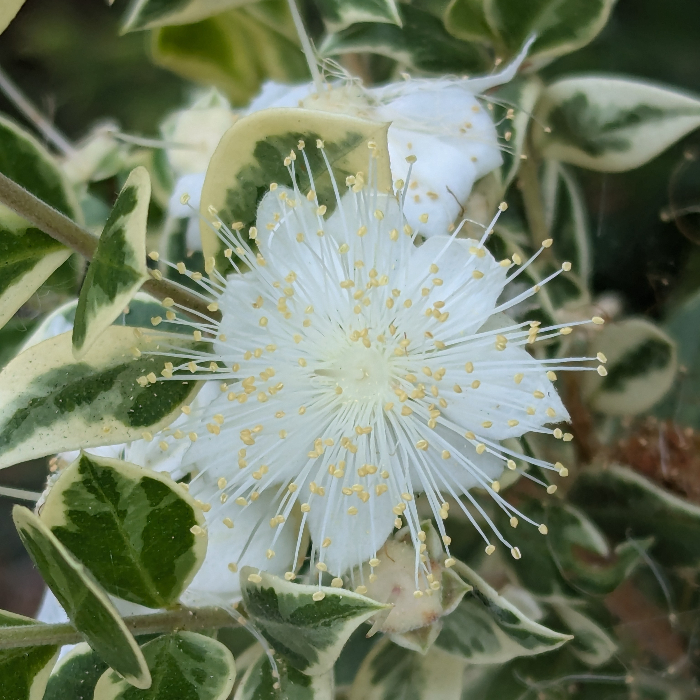UNITED STATES—Autumn and winter are generally the best seasons for planting. Most vegetation is either less active than during other seasons, or dormant. It is therefore more complaisant to the distress of planting procedures. Weather is cooler and wetter than during other seasons. It is therefore less stressful to vulnerable vegetation recovering from planting procedures.
Nonetheless, planting continues throughout the year. Seasonal vegetables and annuals are seasonal at various times. Planting after any lingering chill or potential frost of winter is safer for several species. Also, planting commonly happens whenever it is convenient for whomever does it. Many species are most tempting whenever they happen to bloom.
Generally, this is no problem. Planting while vegetation is active during warm weather is riskier but feasible. It should preferably happen after the warmest time of day. Weather is likely cooler after three in the afternoon. Unusually hot weather justifies delay for another day. Once planted, thorough soaking settles comforting wet soil around vulnerable roots.
Dormancy helps, but is not necessary.
Realistically, most planting techniques and concerns are the same regardless of season. The processes only have more potential to be more stressful now than during dormancy. A few species are actually dormant during summer or even spring. Several spring bulbs, such as narcissi, are now ready for division or relocation. Bearded iris rhizomes are also.
Soil amendment helps new plants to feel more comfortable within their new situations. It encourages them to extend roots from their original media into surrounding soil. It should not be excessive though. Contrary to overly popular belief, it is unnecessary below roots. New plants can sink detrimentally below grade if amendment or loose soil below settles.
Stakes for trees that need them must extend past roots and into solid soil below. Binding nursery stakes should be loosened or removed if possible. Binding, which initially keeps trunks straight, can later interfere with trunk development. All new plants need systematic watering through dry seasons until they disperse roots. Most appreciate a layer of mulch, to retain moisture and insulate.
Highlight: Myrtle
Old landscapes of the Victorian Era may still include myrtle, Myrtus communis. It is quite a survivor. For centuries, it had been popular because of its resiliency. It is very conducive to the sort of formal hedging that was popular during that time. As formal hedges became old fashioned, so did myrtle. Yet, it is still more sustainable than more popular shrubbery.
Besides, myrtle is not limited to refined shorn hedges. It can just as efficiently become an unshorn and informal hedge or screen. It can grow as tall as 15 feet, but rarely grows higher than first floor eaves. Without pruning, it typically grows about half as wide as it is high. Selective pruning rather than shearing limits its size without ruining its natural form.
Myrtle foliage is densely evergreen and pungently aromatic. Individual leaves are merely an inch or two long. Small white flowers with prominent stamens may not be very showy. Small and darkly bluish black berries are sparse. ‘Compacta’ grows only about three feet high and wide. ‘Compacta Variegata’ is slightly more compact and variegated with white.
Tony Tomeo can be contacted at tonytomeo.com.






